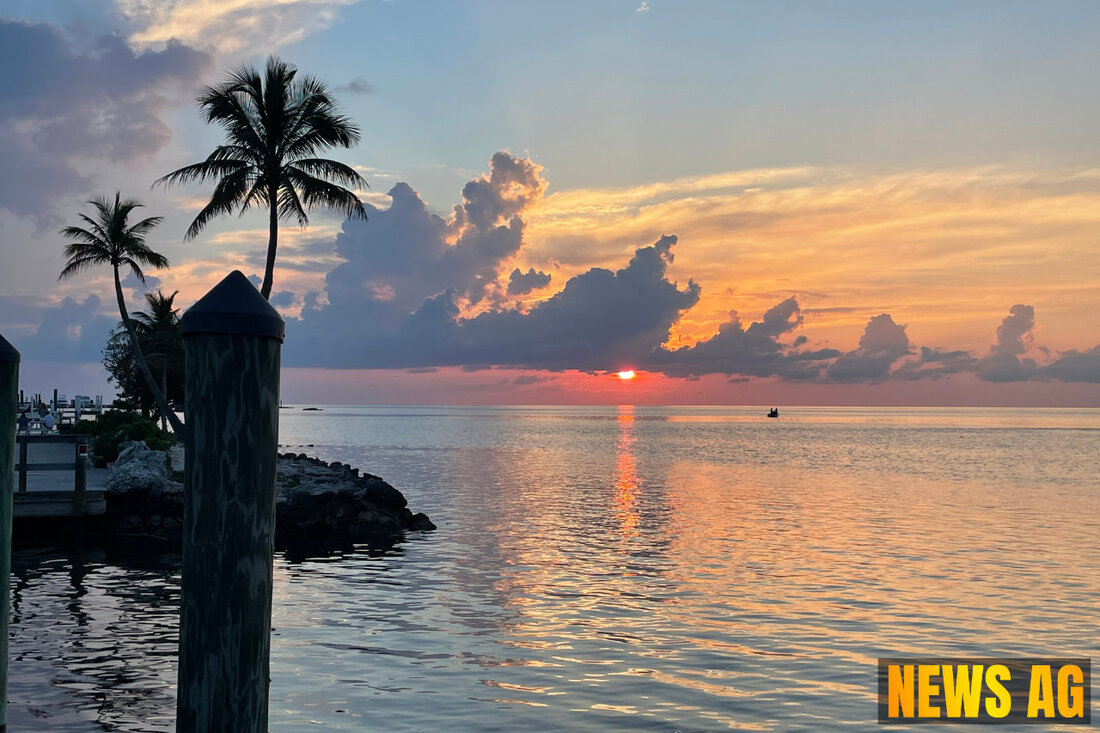Florida Faces Termite Nightmare as Hybrid Species Emerges in Fort Lauderdale

Fort Lauderdale, Florida, USA - In a concerning turn of events for homeowners across Florida, it has been confirmed that two of the most destructive invasive termite species are not just cohabiting but actually hybridizing. This alarming phenomenon has been brought to light by Thomas Chouvenc, an associate professor at the University of Florida’s IFAS Fort Lauderdale Research and Education Center. According to Click Orlando, recent research indicates that Formosan subterranean termites and Asian subterranean termites have formed a hybrid population in South Florida, creating potential chaos for local structures and environments.
What’s particularly troubling is that these two species, both native to Asia, have not interbred for millions of years until they were introduced to the more temperate climes of Florida. Generally, one would expect to see these termites swarming at different times—Formosan in March and Asian in May. However, Chouvenc noted that a simultaneous collection of both species has raised red flags, as they began their courtship rituals approximately ten years ago. This overlap signifies that something is brewing beneath the surface, with humans potentially exacerbating the issue by unwittingly transporting these pests through private boats.
The Rise of Hybrid Colonies
As reported by Gainesville.com, scientists have been closely monitoring termite activity and their interspecies interactions in urban neighborhoods for over a decade. Their study, published in the journal Proceedings of the Royal Society B, documents the establishment of hybrid colonies, causing serious concerns about even broader infestations. Initial observations of interspecies courtship behaviors sparked early warnings about hybrid populations. But could the situation be worse than initially thought? Indeed, researchers began collecting winged termites in 2021 that didn’t align with either known species. This stimulated increased monitoring in Fort Lauderdale, leading to the confirmation of hybrid swarms annually since then.
The situation took a significant turn in October 2024, when a routine survey uncovered a tree infested with a colony demonstrating hybrid-soldier traits, indicating that these colonies might have been around for over five years. With Fort Lauderdale acting as a prime hotspot for invasive termite introductions due to recreational boating, the implications extend beyond local neighborhoods. The potential for hybrid colonies to spread could lead to increased structural damage and costs, with Chouvenc estimating that 99.9% of termite infestations in homes come from these invasive species.
Wider Implications for Florida and Beyond
As if the situation couldn’t be any more daunting, researchers warn that further hybridization may lead to termites capable of adapting to various temperatures. This adaptability could essentially expand their territory across Florida and potentially beyond, stretching from South Florida up to areas like Tampa, Orlando, and even Melbourne. The Asian termite, which primarily thrives in warmer climates, could face a similar fate to the Formosan if hybridization allows it to survive in previously inhospitable conditions.
While the economic repercussions of this hybridization remain uncertain, many experts emphasize the importance of understanding the biology of these hybrid termites. After all, knowledge is power, especially when it comes to pest management. Researchers are currently exploring ways to limit the spread of these invasive termites and manage existing infestations effectively. With such high stakes involved, homeowners should take notice and prepare for an ongoing battle against these destructive pests.
For the most destructive of species to be hybridizing right in our backyards poses questions not just for Florida but for the broader ecological balance. The time to act is now before these hybrid forms put even more strain on our homes and environment.
| Details | |
|---|---|
| Ort | Fort Lauderdale, Florida, USA |
| Quellen | |
